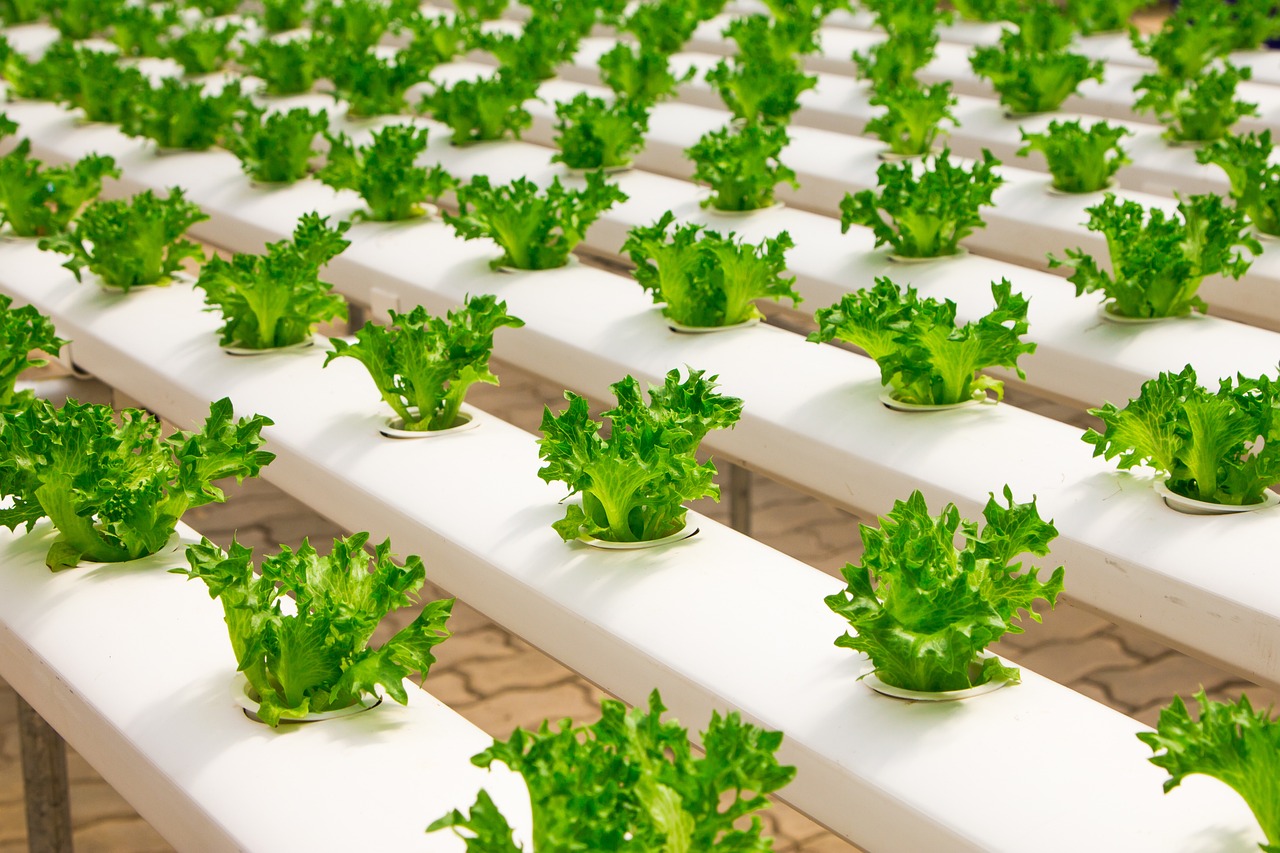Impact of Hydroponics on Sahrawi Refugees

Since 1976, the Sahrawi refugees have been in the middle of a dispute over who controls the Western Sahara, being confined to refugee camps in the Tindouf province of Algeria. The conflict has changed the way they live their lives settling in arid conditions and struggling for self-sustenance away from their traditional nomadic lifestyle. Due to the lack of self-sustenance many of the population residing in the camps largely depend on humanitarian aid for survival and food security. The impact of hydroponics on Sahrawi refugees living in the Algerian Sahara has had profound effects on food security, economic opportunities and reducing malnutrition in the camps raising the Sahrawi people’s standard of living.
Problems and Challenges Faced by Sahrawi Refugees
As of 2018, the total population of the five camps located in Tindouf was 175,000. Due to the Algerian desert being a very hostile environment to live in with frequent sandstorms and temperatures that can exceed 50 degrees Celsius, food is a major issue in the harsh environment making it nearly impossible for anything to grow naturally. The hostile climate combined with the lack of economic opportunities has led to around “one-quarter of the camps’ residents” facing chronic malnutrition. This chronic malnutrition comes from “the limited range of food available – which is mainly composed of cereals, sugar and oil but is lacking in protein.” Due to chronic malnutrition and hostile conditions, “food assistance accounts for 52% of refugees’ food consumption” with the “poorest households spending over 60%” of their income on food.
Hydroponics as a Solution
H2Grow is a World Food Program (WFP) hydroponic initiative that uses low-tech hydroponic units to grow food for animals to “strengthen food security in the community” as the Sahrawi refugees’ diet traditionally consists of meat and milk. Hydroponics uses 90% less water than traditional agriculture without the use of soil. Therefore, this technique can be used to enable plant growth in areas that are non-fertile and arid, the same condition where the Sahrawi refugees currently reside.
The Sahrawi refugees value livestock for meat and milk; however, due to the Algerian desert’s arid climate, goats in the camp often end up eating garbage. Thus, using hydroponics, the WFP alongside local experts “developed a low-tech system to grow barley for use as animal fodder by refugees in camps in Tindouf.” The increase in the volume of barley has allowed more goats to be fed, increasing access to milk and meat, thereby improving food security in the camps.
In 2017, the WFP made both a solar-powered container and DIY household unit built with “locally procured material at 10% of the cost” as well as household kits. Due to the success of hydroponics, the technique was scaled up in the camps increasing the number of units from four to now 200 as of 2018.
The Impact of Hydroponics on Sahrawi Refugees in the Algerian Sahara
The impact of hydroponics on Sahrawi refugees living in the Algerian Sahara has been significant, with the Sahrawi people working together to maintain and protect the hydroponic units from “wind, sandstorms and keeping it cool from the sun.” With the hydroponic units at full operation, refugees can use 90% less water to “grow barley grass from seed in just 7 days.” According to Oxfam, each unit produces about “132 pounds of fodder per day – enough to feed 20 goats.” The implementation of hydroponics has led to a better diet for goats, something the Sahrawi refugees rely on for livelihood whether for food or economic trade. The WFP has found that hydroponics had increased goat milk production by 250% when fed fresh fodder rather than garbage found around the campsite, with meat quality and quantity improving also. Furthermore, excess fodder was able to be sold creating a new revenue stream for the Sahrawi refugees.
The impact of hydroponics on Sahrawi refugees living in the Algerian Sahara has been huge. The WFP and Oxfam have taken huge leaps in improving food security and livelihood for the Sahrawi people who live in a hostile environment. Due to the success of hydroponics in Algeria, the technique can be used in “similarly challenging environments such as Chad, Jordan and Sudan.” The implementation and impact of hydroponics on Sahrawi refugees living in the Algerian Sahara show us that humans cannot just survive in hostile environments but thrive.
– Kishan Patel
Photo: Pixabay
